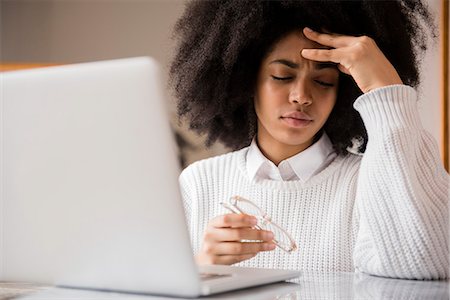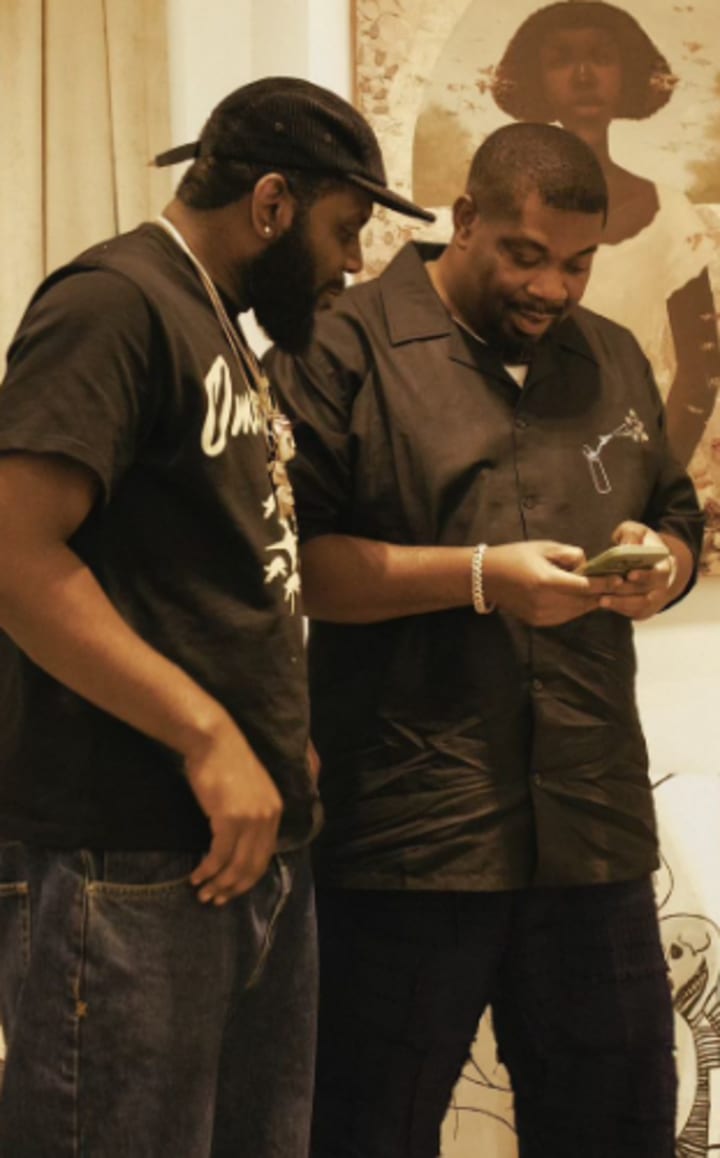LIFESTYLE
4 Ways To Get Motivated To Go To Work Every Single Day

ENTERTAINMENT
OdumoduBlvck Recounts How Don Jazzy Gifted Him $10,000
ENTERTAINMENT
Actress Eucharia Anunobi Preaches Against Seeking Validation From Others
ENTERTAINMENT
Elozonam Reflects On How “Japa” Makes It Hard For Him To Make Friends
-

 MUSIC5 days ago
MUSIC5 days agoHere Are The Most Streamed Gospel Artists On Spotify Africa
-

 NEWS5 days ago
NEWS5 days agoNNPC Slashes Petrol Prices Nationwide
-

 FAB FRESH4 days ago
FAB FRESH4 days agoBurna Boy Set To Release New Single, “Bundle” This December
-

 ENTERTAINMENT5 days ago
ENTERTAINMENT5 days agoI Was Nigeria’s Sweetheart Until I Got Divorced – Tiwa Savage
-

 BEAUTY5 days ago
BEAUTY5 days agoNigerian Model, Samuel Nwajagu Becomes First African To Win Mister International Title
-

 FAB FRESH5 days ago
FAB FRESH5 days agoTimaya Releases Music Video For New Single, “Mase”
-

 LIFESTYLE5 days ago
LIFESTYLE5 days ago7 Facts About Samuel Nwajagu, Mister International 2024
-

 ENTERTAINMENT5 days ago
ENTERTAINMENT5 days agoFunke Akindele’s “Everybody Loves Jenifa” Breaks Box-Office Records With ₦206 Million In Its Opening Weekend





































